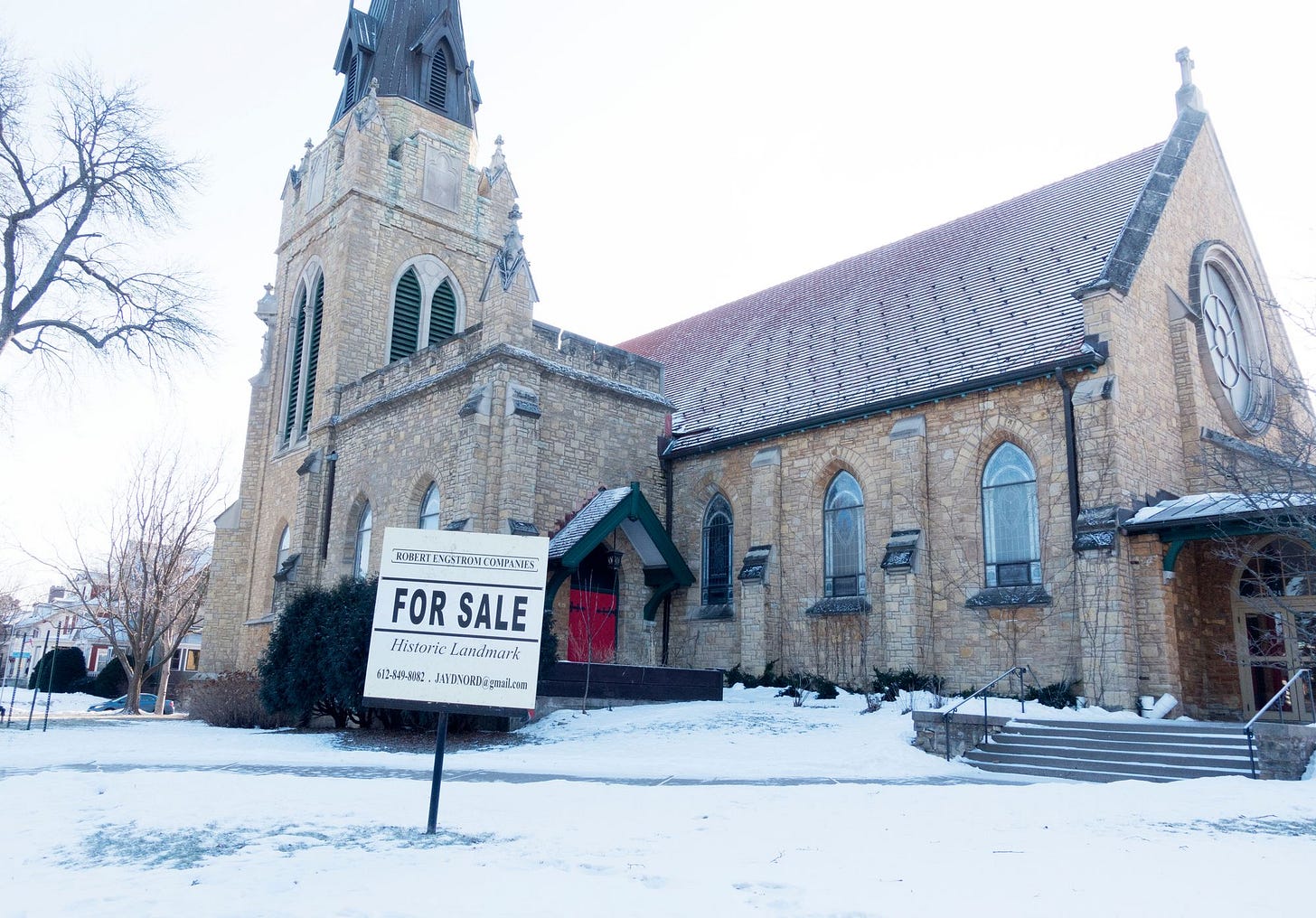Other Steubenvilles? What U.S. dioceses might face merger plans?
What U.S. dioceses might face the prospect of merging? We look at the numbers.
The Diocese of Steubenville, Ohio, became the center of controversy last year, when Bishop Jeff Monforton announced to his priests in October that the diocese would be merged with the neighboring Diocese of Columbus,
Priests of the diocese pushed back on the plan, arguing that they had not been consulted, and eventually a planned USC…

